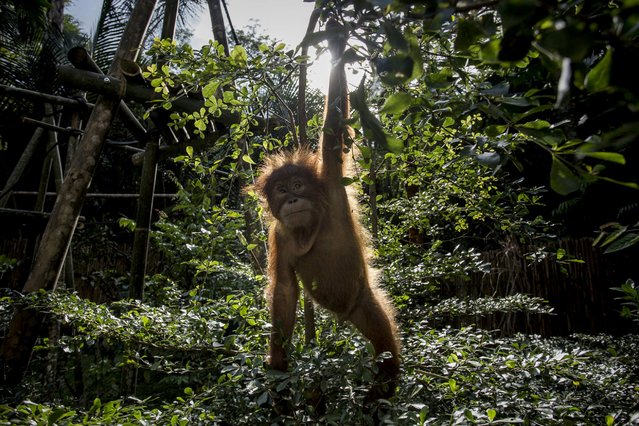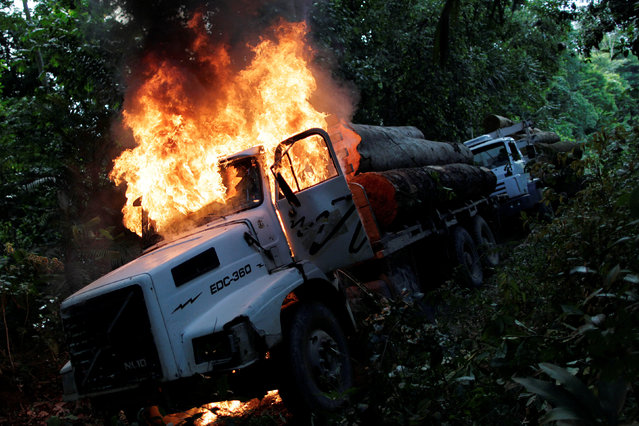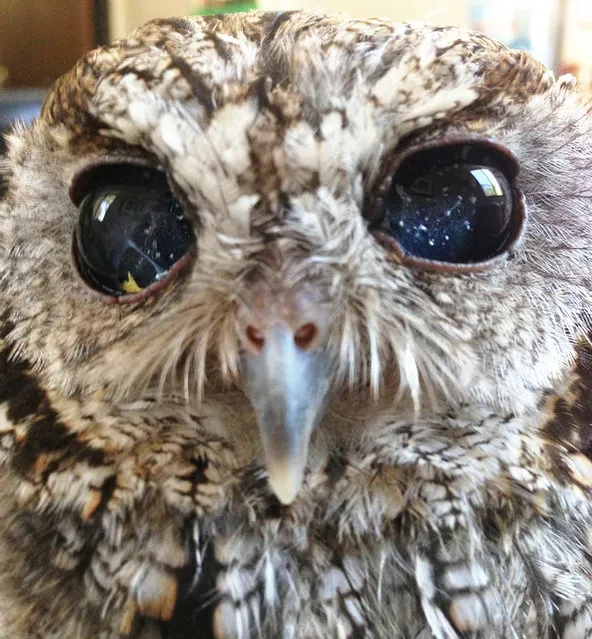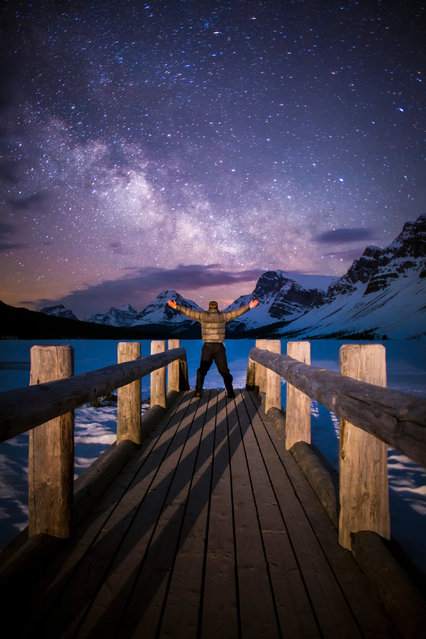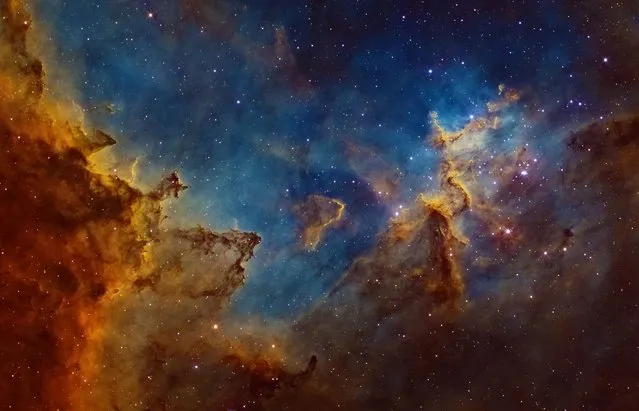
This might quite simply be the oddest skydive youll ever see – as a pair of daredevils simulate a rodeo ride as they hurtle towards earth. In the bizarre pictures, skydiver Robyn Young managed to straddle co-jumper Oliver Miller, as they plummet through the sky – and amazingly, pal Jeff Donohue caught it all on camera. The pair managed to perform the stunt before going their separate ways and pulling their parachute cords during the skydive over recibo, Puerto Rico, last month. Here: Robyn Young surfs on the back of Oliver Miller as they descend upon Arecibo, Puerto Rico. (Photo by Jeff Donohue/Caters News)
06 Mar 2017 00:06:00,post received
0 comments


